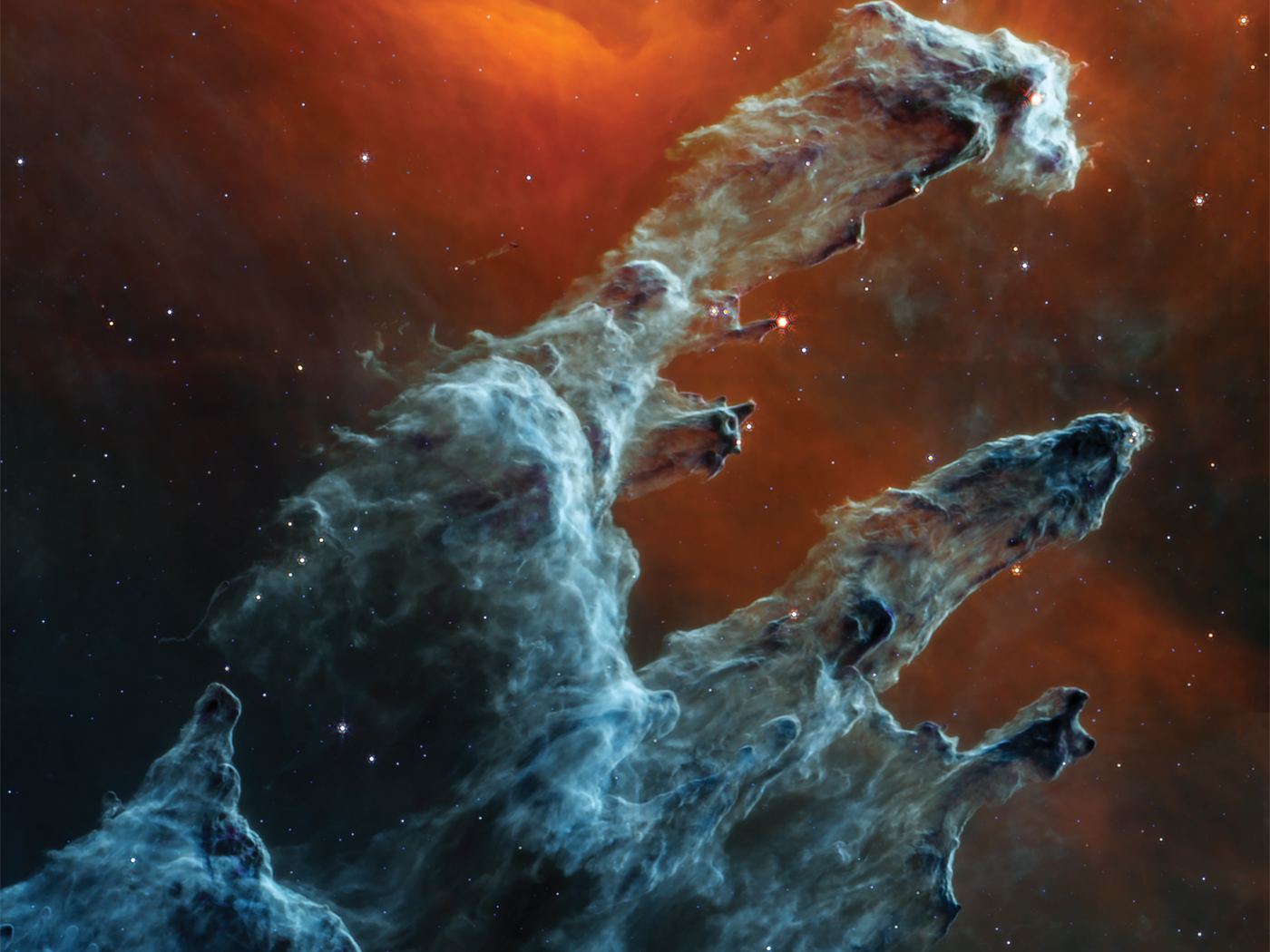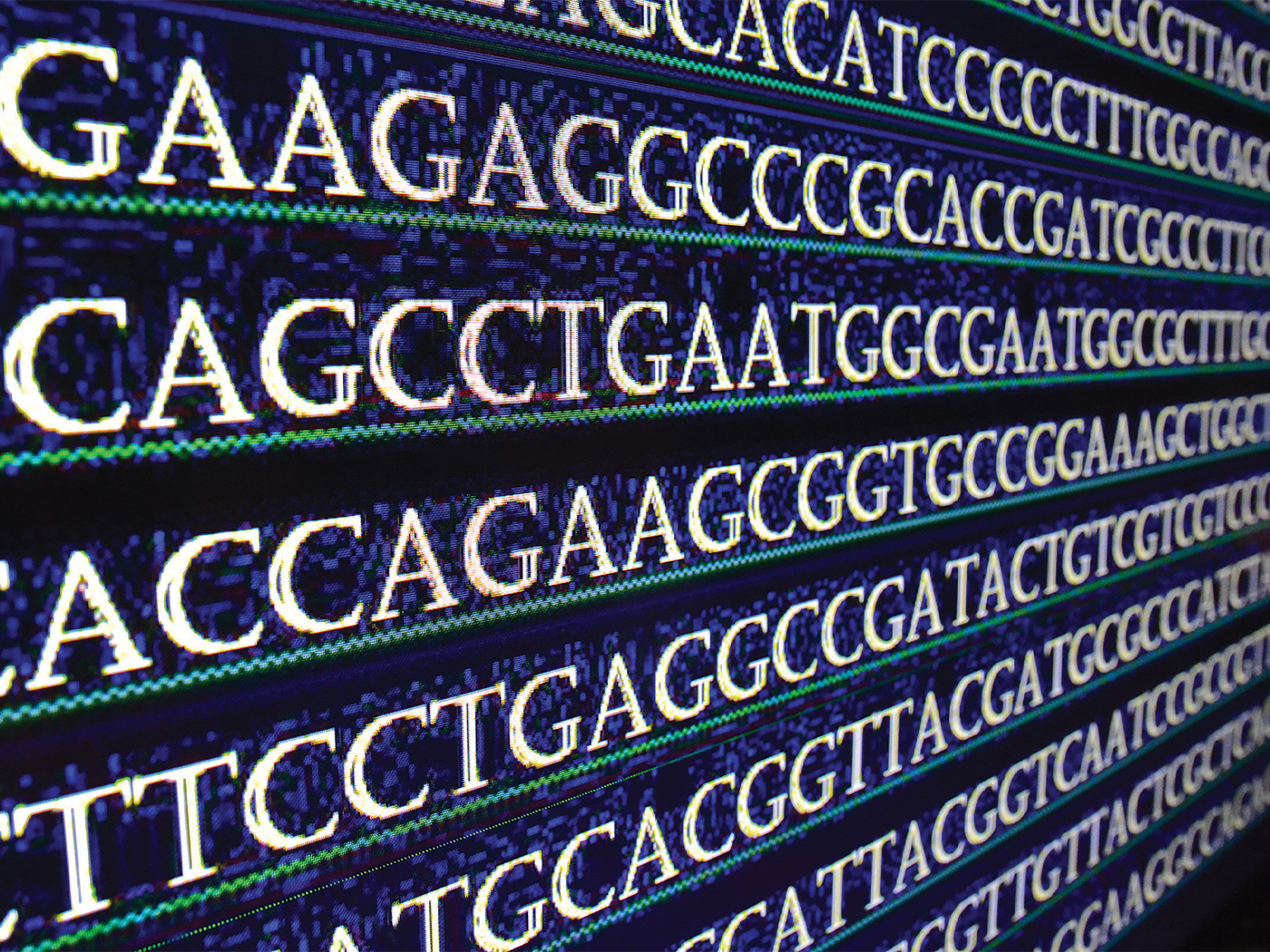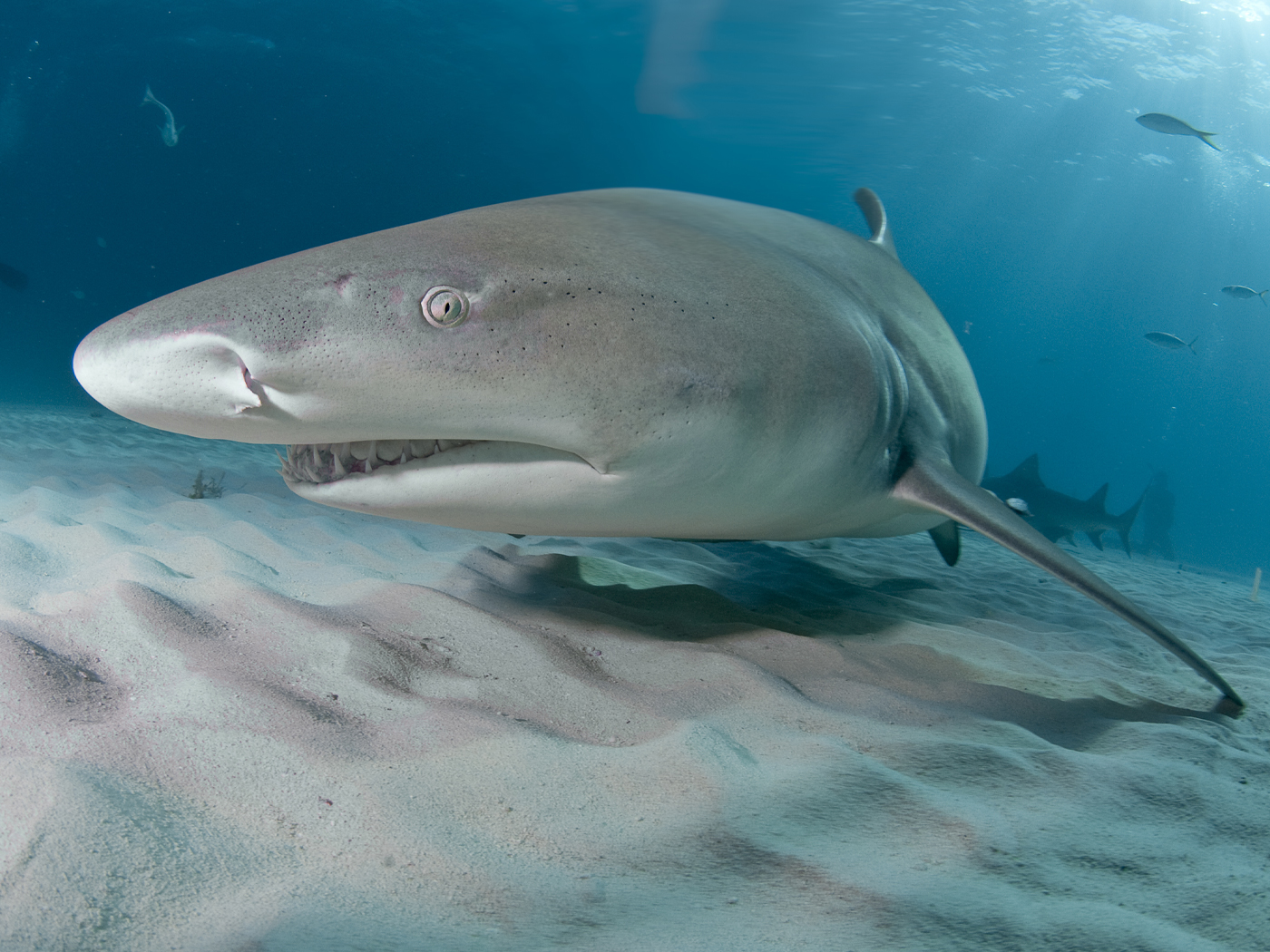Ever since Darwin the fossil record has been an embarrassment to evolutionists. The predictions concerning what evolutionists expected to find in the fossil record have failed miserably. Not only have they failed to find the many tens of thousands of undoubted transitional forms that are demanded by evolutionary theory, but the number of arguable, let alone demonstrable, transitional forms that have been suggested are few indeed. This has placed evolutionists in a most difficult situation, made even more embarrassing by the fact that the fossil record is remarkably in accord with predictions based on special creation.
Darwin and, for about the first century following Darwin, the Darwinists pleaded the poverty of the fossil record. The claim was made that the transitional forms, or "missing links," as the term became known popularly were really there somewhere but had not yet been found. It was also claimed that many of the links were missing either because conditions had failed to result in their fossilization or that they had been eroded away and destroyed subsequent to fossilization. These arguments have now fallen into disfavor among many Darwinian geologists. An intense search spanning 120 years has produced an immensely rich fossil record but has failed to produce the expected transitional forms, and many geologists now realize the impossibility that a combination of geological processes would have miraculously eliminated all the billions of transitional forms while leaving billions of fossils of the terminal forms intact.
How desperate the situation really is was betrayed by Otto Schindewolf, Richard Goldschmidt and others over 40 years ago when they proposed what they themselves called the "hopeful monster" mechanism, which in its most extreme form, as put forth by Schindewolf and Goldschmidt, resulted in the suggestion that the first bird hatched from a reptilian egg.1 They suggested that the major evolutionary advances have taken place in single large steps. They believed that these drastic changes were caused by systemic mutations which affected early embryonic stages, with automatic reconstruction of all later phases in the development of the effected organism. This suggestion was met with open derision by neo-Darwinists (proponents of slow, gradual change). The idea has received support recently, however, from Stephen J. Gould, one of the main spokesmen for evolutionists in the U.S. today. In his 1977 article, "The Return of Hopeful Monsters, "2 Gould not only admits that the fossil record with its abrupt transitions offers no support for gradual change, but he also asks the question (asked by creationists ever since Darwin), of what possible use are the imperfect incipient stages of useful structures? What good is half a jaw or half a wing? For these reasons Gould suggested that eventually Goldschmidt would be largely vindicated.
The hopeful monster mechanism is, however, contrary to the science of genetics, as has been suggested by some of its opponents,3 and furthermore, as Goldschmidt himself admitted, no one has ever seen anything like this happen. Commenting on this idea, Sewall Wright has pointed out that he has recorded 100,000 newborn guinea pigs and has seen many hundreds of monsters of diverse sorts, but none were even remotely "hopeful," all having died shortly after birth or before.4
Now gaining popularity is a less drastic suggestion by Gould, Niles Eldredge, Steven Stanley, and others, dubbed the "punctuated equilibrium" mechanism. They have suggested that little or nothing happens in the life of a species for perhaps several million years (the period of stasis, or equilibrium), and then suddenly out on the periphery of the geographical area of the species a few individuals become isolated and undergo rapid evolution to a new species (the punctuation). The new species then proliferates into a large population which once again persists with little change. This produces a fossil record with no transitional forms between species because the transition occurs rapidly in small populations.
This notion is merely a new scenario but certainly does not provide a mechanism. Left unexplained is how or why such rapid changes occur. Such rapid changes are in fact contrary to what we know about genetics. Furthermore, this notion does not solve the problem of the missing links. This suggestion is only an attempt to explain the absence of transitional forms between species. That is not the serious problem—the real problem is the big gaps between the higher categories, the systematic absence of transitional forms between families, orders, classes and phyla. These gaps, for example, include those between invertebrates and fishes and between fish and amphibian gaps of 100 and 30 million years or so, respectively, on the evolutionary time scale. The idea of punctuated equilibrium makes no pretense of addressing this problem, let alone providing a solution.
Many evolutionists, not content to explain away the gaps in the fossil record, still persist in hopes of finding missing links. This results in a never-ending series of claims concerning the discovery of transitional forms, sometimes sensational. These claims, with passage of time, generally are discredited by further research, although many persist in textbooks long after they are discredited, since once error gets in it is hard to get out.
Just recently one of these evolutionary stories was headlined in newspaper and magazine articles that appeared all over the world. For example, an Associated Press article of April 15, 1983, appeared in the Detroit Free Press with the headline "Missing Link Fossils Tie Whales to Land Mammals." The article reported that scientists say they have discovered fifty-million year-old fossils of a six-foot long, land-dwelling creature they describe as a "missing link" between whales and land animals. The article went on to say that the fossil remains represent the oldest and most primitive form of a whale yet discovered, an amphibious mammal that lived and bred on land and fed in shallow sea waters. One should be immediately suspicious of the term "whale" being given to such a creature, whatever it was, since whales are totally incapable of living or breeding on land.
News of this kind, as tentative and unreliable as it might be, is no doubt most welcome to evolutionists since there is indeed, as is the case with all other mammalian orders, a huge gap between the order Cetacea (this order includes all creatures known inclusively as "whales"—, whales, dolphins and porpoises) and any supposed ancestral creatures. Speaking of whales, Colbert says "These mammals must have had an ancient origin, for no intermediate forms are apparent in the fossil record between the whales and the ancestral Cretaceous placentals. Like the bats, the whales (using the term in a general and inclusive sense) appear suddenly in early Tertiary times, fully adapted by profound modifications of the basic mammalian structure for a highly specialized mode of life. Indeed, the whales are even more isolated with relation to other mammals than the bats; they stand quite alone."5
But what about the material upon which the newspaper articles were based? Can this material be reasonably interpreted as cetacean? The articles were based on interviews with Dr. Philip Gingerich of the University of Michigan and an article published by Gingerich, Wells, Russell, and Shah in Science.6 The fossil material consists of the posterior portion of the cranium, two fragments of the lower jaw, and isolated upper and lower cheek teeth. The creature this material supposedly represents was named Pakicetus inachus (one can never be certain, of course, that scattered fossil material all belongs to the same species).
This fossil material was found in fluvial red sediments, or river-produced deposits colored by material leached from iron ores. This formation is thus a terrestrial or continental deposit. The fossil remains associated with Pakicetus is dominated by land mammals. Nonmammalian remains include other terrestrial remains such as snails, fishes (particularly catfish), turtles, and crocodiles. This evidence indicates a fluvial and continental rather than a marine environment as would be expected for a whale or whale-like creature.
The authors state that the basicranium (only the back portion of the cranium was found) is unequivocally that of a primitive cetacean. On the basis of the brief description given in the article (eight lines of the text) one has no way of knowing whether that is true other than the declaration by the authors. It seems highly significant in that respect, however, that the auditory mechanism of Pakicetus was that of a land mammal rather than that of a whale, since there is no evidence that it could hear directionally under water nor is there any evidence of vascularization of the middle ear to maintain pressure during diving.
The teeth of Pakicetus are said by the authors to resemble those of terrestrial mesonychid Condylarthra and also to be similar to teeth of middle Eocene archeocete Cetacea such as Protocetus and Indocetus. Mesonychids are thought to be terrestrial mammals that were hoofed and possibly fed on carrion, mollusks, or tough vegetable matter.7 The authors mention two other "primitive cetaceans," Gandakasia and Ichthyolestes, known only from teeth, as being found in the same formation with Pakicetus. These have been described by West,8 and had earlier been identified as land mammals (specifically mesonychids). West, however, reassigned them to the order Cetacea.
Not a single fragment of the postcranial skeleton of these creatures has been found, so we have no idea what they really looked like. The fact that their remains were found in a terrestrial fluvial deposit with fossils of many other land animals, their teeth were very similar to known land animals, and their auditory mechanism was obviously not that of a whale, would seem to indicate, to say the very least, that the claim that a missing link between whales and land mammals has been found is premature. We are reminded of the admission of Professor Derek Ager (no friend of creationists) that practically every evolutionary story he had learned as a student has now been debunked.9 We suggest that Pakicetus will eventually join the ranks of the debunked "missing links" which include Trueman's Ostrea/Gryphea, Carruther's Zaphrentis, Piltdown Man, Nebraska Man, Neanderthal Man, and the hominoid collarbone recently identified as a dolphin rib.10
REFERENCES
1. R.B. Goldschmidt, The Material Basis of Evolution, Yale U. Press, New Haven, 1940, p. 390.
2. S.J. Gould, Natural History, Vol. 86, 1977, p. 22
3. G.L. Stebbins and F.J. Ayala, Science, Vol. 213, 1981, p. 969.
4. S. Wright, Evolution, Vol. 36, 1982, p. 440.
5. E.H. Colbert, Evolution of the Vertebrates, John Wiley and Sons, New York, 1955, p. 303.
6. P.D. Gingerich, N.A. Wells, D.E. Russell, and S.M. Shah, Science, Vol. 220, 1983, pp. 403-406.
7. A.S. Romer, Vertebrate Paleontology, 3rd Ed., U. of Chicago Press, 1966, p. 244.
8. R.M. West, Journal of Paleontology, Vol. 54, 1980, pp. 508-533.
9. D.V. Ager, Proceedings of the Geological Association (Britain), Vol. 87, 1976, p. 132.
10. I.Anderson, New Scientist, Vol. 98, 1983, p. 199.*Dr. Duane Gish is Vice President of the Institute for Creation Research.


















